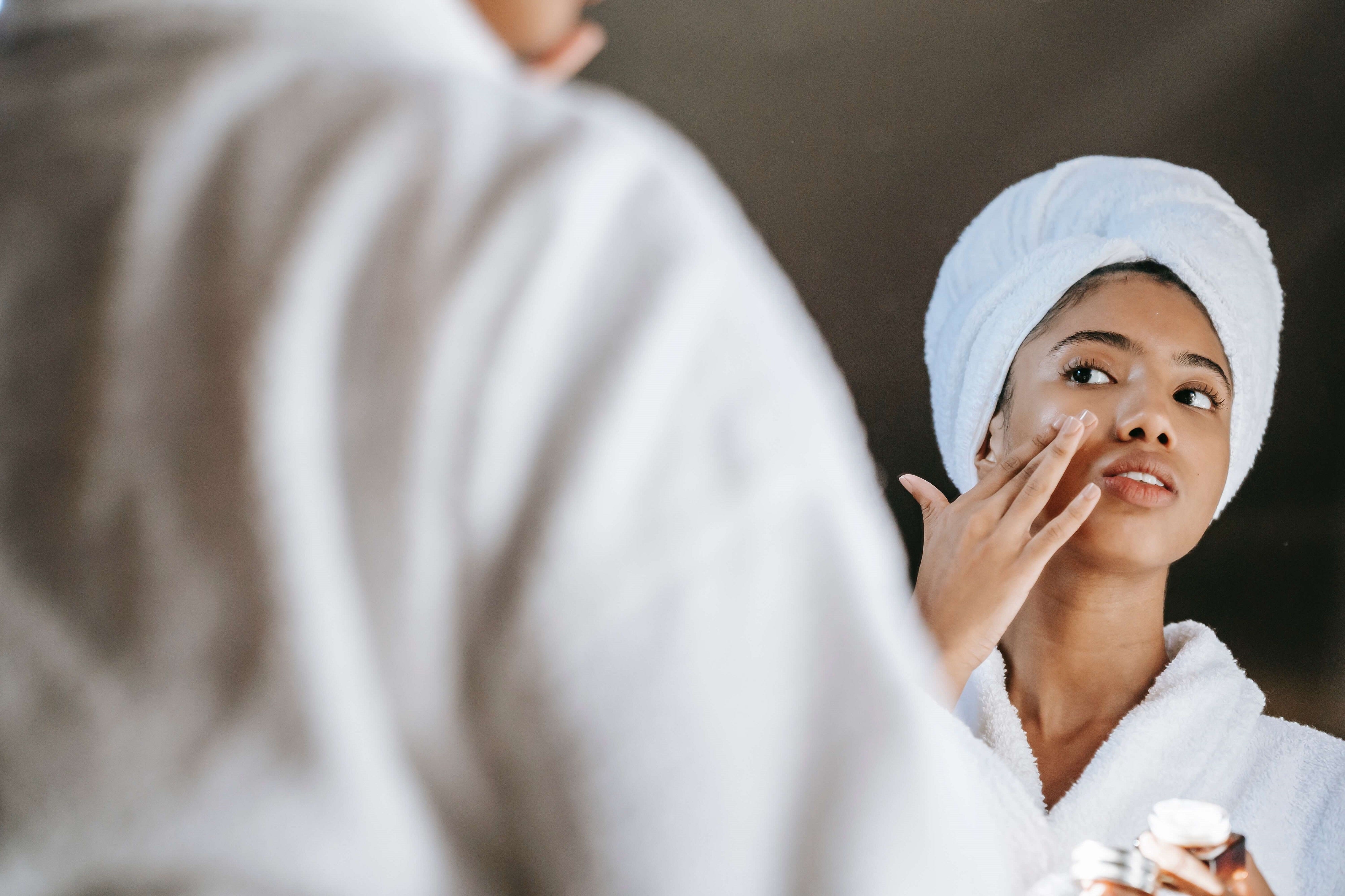

 Welcome to...
Welcome to...We believe you are trying to shop from the following location: Rest of the world
To enjoy low cost shipping and local currencies please allow us to redirect you to our local store.
Choose 3 for £45 or 5 for £75
Choose 2 from £130 or 3 from £180
Choose 2 for £20

As you probably know by now January is Veganuary, a month where lots of people sign up and try to eat a vegan diet for a month. As a brand with entirely vegan products this is of course something we support!
Over the years interest in vegan beauty has grown alongside the interest in a vegan diet. Now more than ever people are aware of what is not only going into their bodies but onto their skin through their beauty products. Rising consumer concern in issues including sustainability and environmental impact means that consumers are also exploring non-animal-based beauty products. It’s also led to rising interest in alternatives to materials such as wool, leather, horn and shell in clothes, shoes and accessories.
It’s not just increased demand for these products that are driving change; supply is also improving. Technological and product innovations mean that vegan products are better and more reliable than they were in the past. There are credible alternatives to fur and leather and new resin technologies are replacing materials such as shell and horn in jewellery and accessories. Vegan products are also being sold in more Highstreet stores such as Boots and Superdrug, both stores have dedicated vegan sections on their websites making it easier than ever for customers to see what products are available.
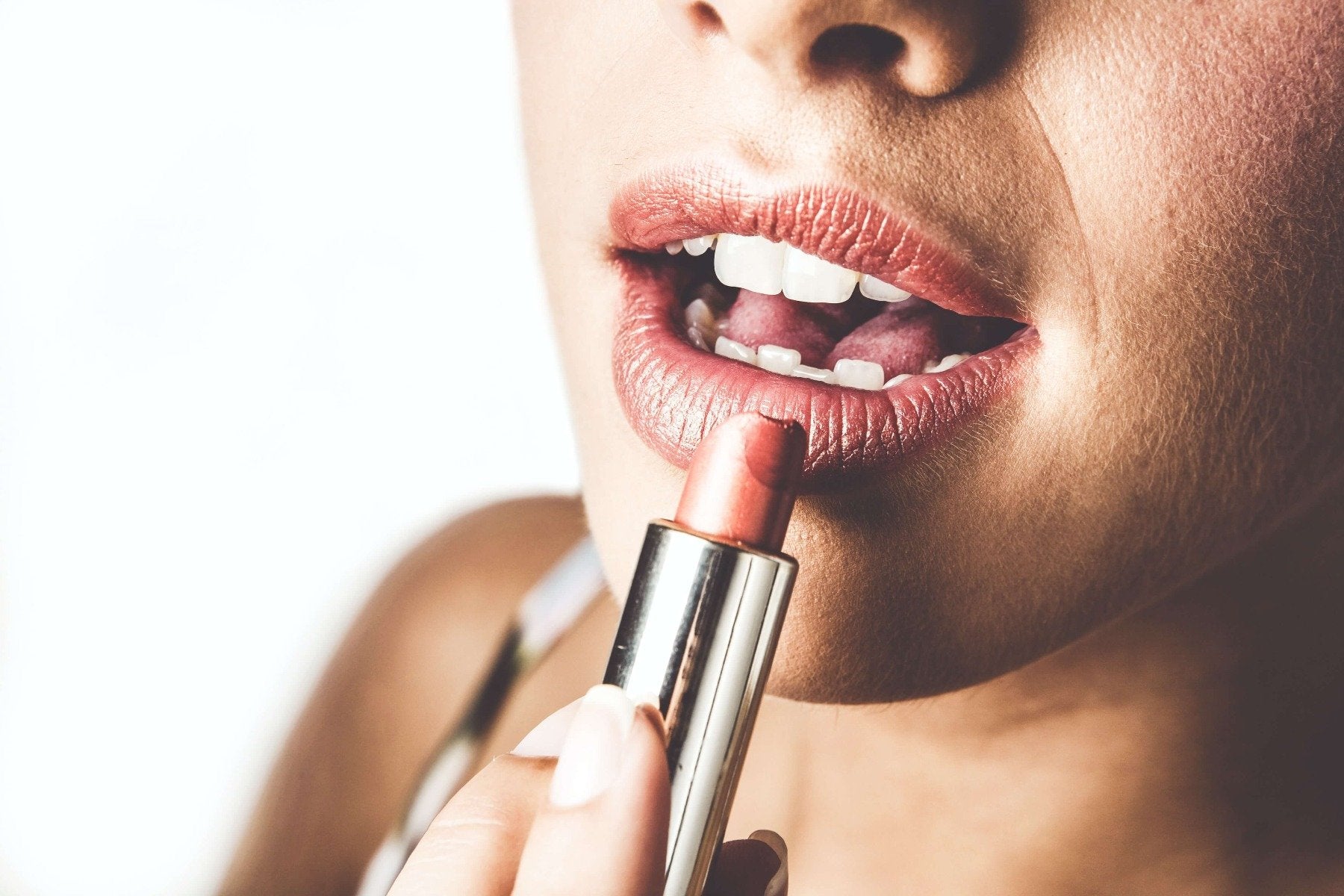
Photo by Damir Spanic on Unsplash
If you are just beginning to look into vegan beauty and have no clue where to start then we are here to help.
Check out Boots and Superdrug – both of the main high street drug stores in the UK now have dedicated vegan sections on their websites. You can find Superdrug’s here or Boots here. From haircare to skincare, makeup and body products it is now easier than ever to find specifically vegan products.
If you’re unsure a product is vegan/cruelty free then look out for the logos on the packaging. Most brands will show if their product is vegan or cruelty free through small logos, this can give you the peace of mind that it has passed strict regulations.
The Vegan Action non-profit organisation has the ‘Certified Vegan’ logo and the leaping bunny program formed of several animal protection groups with the ‘leaping bunny’ logo both are clearly visible indicators on packaging that will let you know if a product is vegan or cruelty fee or in an ideal world, both.
If you’re still unsure the best thing to do is to contact the company directly, if a company gives you a prompt response clearly stating that the product isn’t tested on animals at any stage or is vegan then you’re good to go. If you receive a response that is unclear or don’t get a response at all then it’s probably best to proceed with caution. Also take a look on their website, they may have already stated that all of their products are vegan.
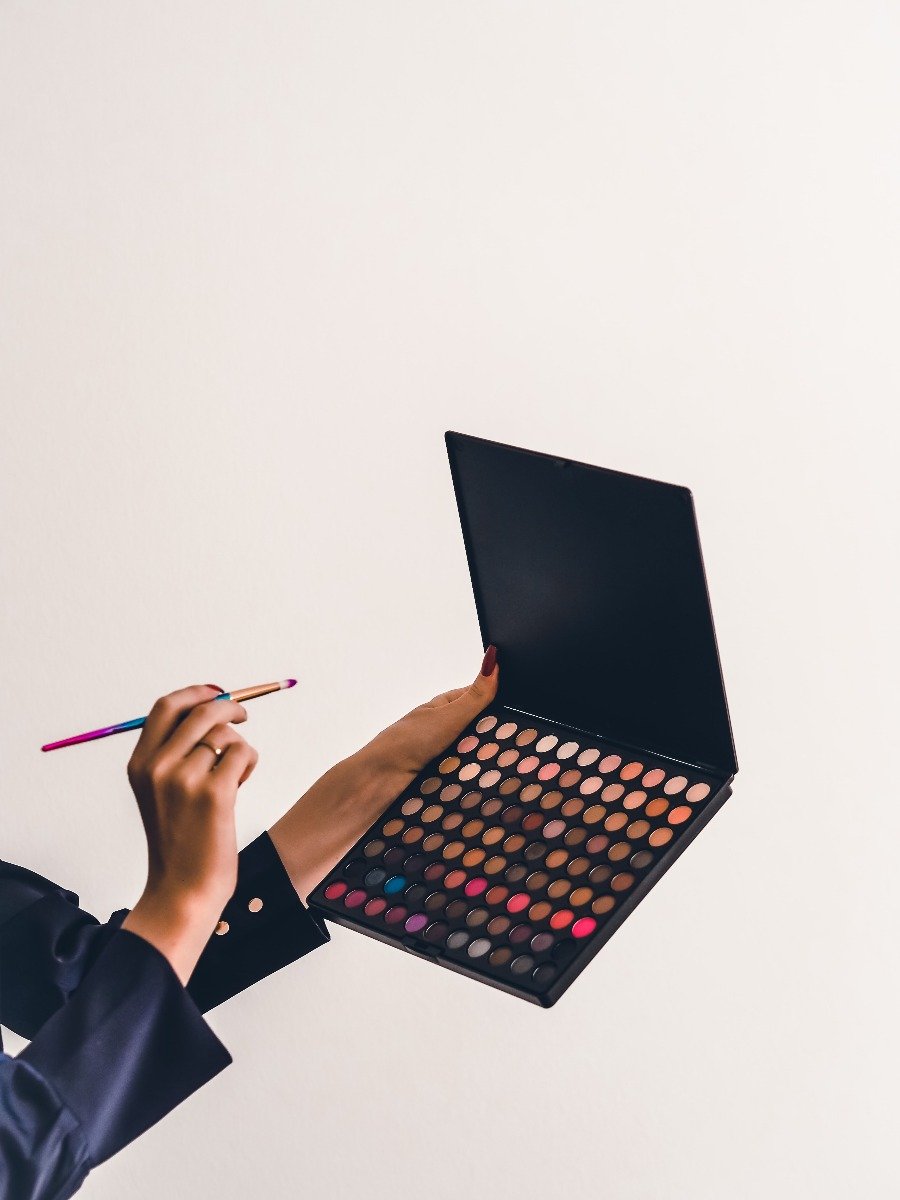
Photo by Laura Chouette on Unsplash
Collagen
Often used in anti-ageing products due to its plumping and firming effect, collagen is naturally produced in animals. In order to get the protein for beauty purposes, it is normally taken from dead animal’s bones, connective tissue and skin – definitely not vegan-friendly!
Beeswax (aka cera alba, cera lava)
This is taken directly from a bee hive and can be used in eye shadow, foundation or lipstick. It is taken from worker bees and can take six or more pounds of honey to create just one pound of wax.
Carmine
Known by many different names such as cochineal, cochineal extract, crimson lake, natural red 4, C.I. 75470, E120 and carminic acid – phew! This deep red colour is taken from crushed insect body and legs.
Keratin
Used to give you luscious hair this is a protein that is naturally found in mammals, it’s generally taken from hair, nails and horns.
Guanine (aka CI 75170)
This gives extra shine and sparkle to your blusher, eyeshadow and nail polish. It is created by scraping fish scales off dead fish and soaking them in alcohol to create an iridescent solution.
Lanolin
Sometimes used in lip balms and lotions, this is a fat that’s created from the grease in sheep’s hair.
Squalene
Commonly used in various moisturisers and cosmetics this ingredient is made from the oils found in the liver of sharks.
Not to be confused with squalane, which is a cruelty-free alternative usually made from either olive or sugar cane.
Like this article? Sign up to our newsletter to get more delivered straight to your inbox
_____________
References:
https://www.dazeddigital.com/beauty/head/article/47349/1/veganuary-beauty-routine-vegan-products-animal-free-cruelty-free-plant-based
https://www.glossy.co/beauty/will-veganuary-make-vegan-beauty-go-mainstream/
https://www.translatemedia.com/translation-blog/vegan-products-became-beautys-hot-new-trend/
https://www.glamourmagazine.co.uk/gallery/vegan-makeup-beauty-brands-uk
https://www.superdrug.com/blog/ask-the-experts/guide-cruelty-free-vegan-makeup
The Sunday Scroll: Things That Made Life Feel Better
Episode 8: Beyond the Continent
Episode 7: How to Wear a Fantasy
Customer service
Talk to us via chat. 9-5pm EST. Wed - Sun
Fast Free Shipping
Get free shipping on orders of £60 or more
New Customers
New customers enjoy 10% off their first order
Secure payment
Your payment information is processed securely
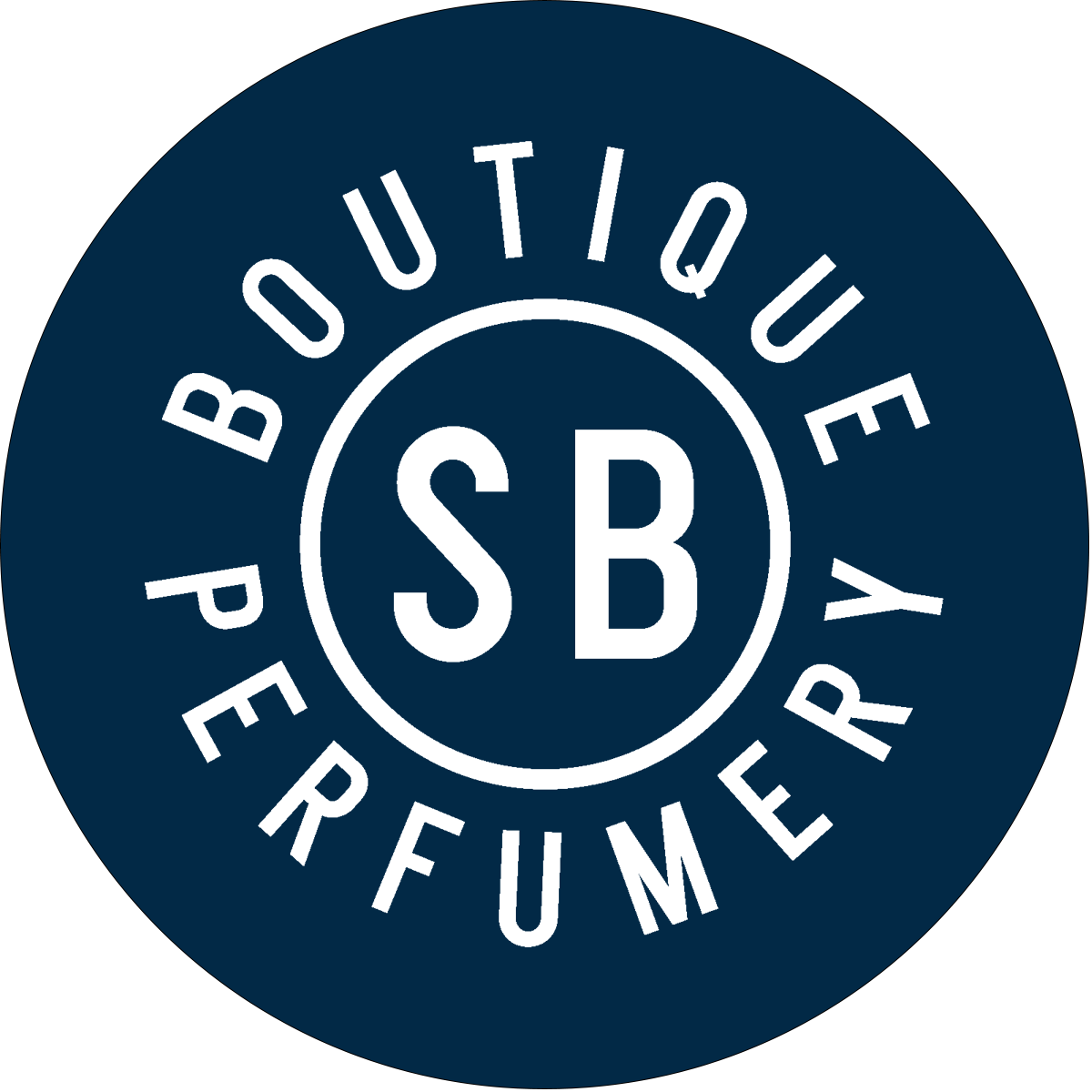
Share:
Our Most Underrated Scents
All About Veganuary